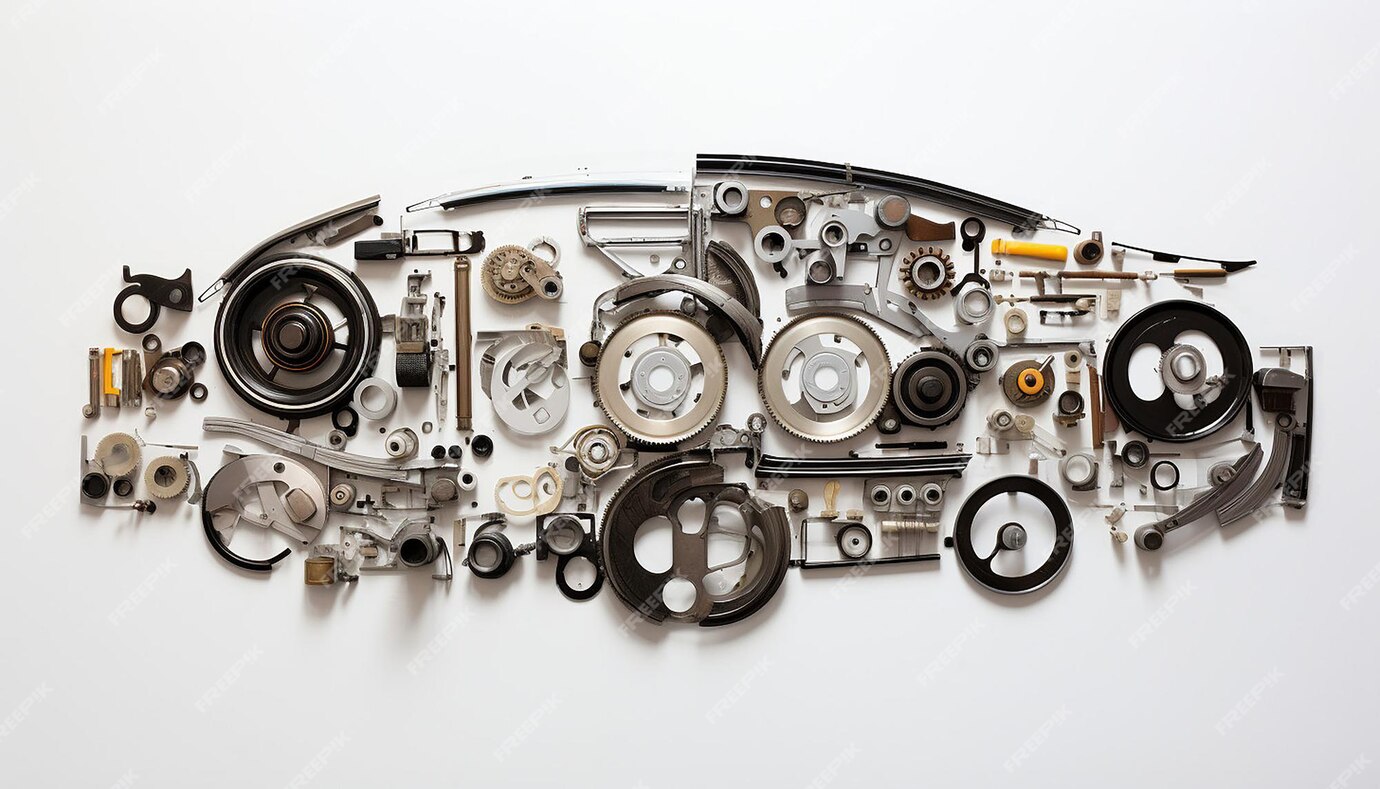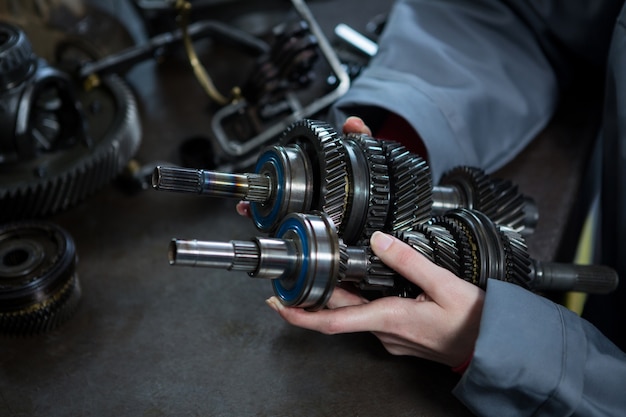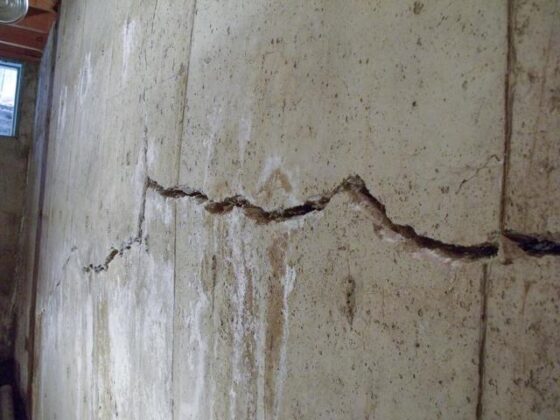When your vehicle begins to show its age, the daunting question arises: should you opt for new auto parts or take a chance with used ones? The decision isn’t merely about price tags; it’s a confluence of quality, longevity, and your budget. New parts often promise reliability, warranty-backed assurance, and the latest technology, seamlessly fitting into your vehicles intricate systems.
On the flip side, used parts can offer substantial savings and a sustainable alternative, but they come with a caveat: the risk of hidden wear and tear. Navigating this complex landscape involves weighing the pros and cons of each option, considering factors like safety, availability, and the specific needs of your vehicle.
In this article, we’ll delve into the intricacies of new versus used auto parts, exploring which choice might best keep you rolling smoothly on the road ahead.
Understanding New Auto Parts: Benefits and Drawbacks

When evaluating new auto parts, its essential to weigh the benefits against the drawbacks. On one hand, new parts often come with warranties, which can offer peace of mind and protection against defects.
They are specifically designed for the latest vehicle models and can ensure optimal performance, thus potentially enhancing the safety and reliability of your vehicle. However, the allure of new parts can be overshadowed by their higher cost, which may strain a tight budget.
Additionally, the environmental implications of manufacturing new parts—like increased energy consumption and resource depletion—should not be overlooked. Choosing new auto parts can certainly provide advantages in quality and safety, but one must also consider the financial and ecological impact, making it a decision that goes beyond mere performance.
Exploring Used Auto Parts: Is It a Smart Choice?

Exploring used auto parts can feel like navigating a labyrinth: on one hand, you might uncover a treasure trove of savings and rare components that breathe new life into your vehicle. Imagine scoring a pristine set of headlights or a perfectly functioning transmission at a fraction of the original price! However, the journey is not without its pitfalls.
The condition and history of these parts can be a mixed bag—some may have endured wear and tear, while others might be practically brand new. Moreover, the question of reliability looms large.
Will that salvaged part hold up under the stresses of daily driving? Thus, while the allure of used auto parts is undeniable, weighing the potential risks against the notable benefits is essential before making a decision. With the right knowledge and a discerning eye, you could very well turn a gamble into a smart investment for your automobile.
Environmental Impact: Sustainability in Auto Parts Choices

When considering the environmental impact of auto parts choices, sustainability emerges as a pivotal factor in the debate between new and used components. Opting for used auto parts not only extends the lifecycle of existing materials but also significantly reduces the energy consumption and emissions associated with production.
New parts often come with a hefty carbon footprint, typified by the vast resources needed for manufacturing and transportation. Choosing refurbished components can minimize waste and alleviate the strain on landfills while supporting a circular economy.
Moreover, these decisions resonate beyond mere cost-effectiveness; they echo a growing awareness of our collective responsibility to preserve the planet. Thus, making thoughtful choices in auto parts procurement can pave the way for a more sustainable future on the road.
Conclusion
In conclusion, the choice between new and used auto parts ultimately depends on your specific needs, budget, and the condition of your vehicle. While new parts offer the assurance of reliability and warranty protection, used parts can provide significant savings and may be just as effective for many repairs.
For those auto parts St. Catharines, exploring local options for auto parts can reveal a wealth of resources, ensuring that you find the best quality components that suit your vehicle and your financial considerations. By weighing the pros and cons of each option and considering your driving habits and repair needs, you can make an informed decision that will keep you safely on the road for years to come.


